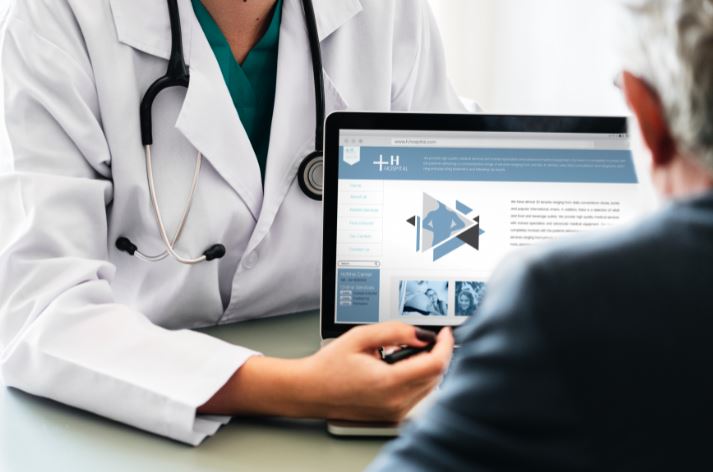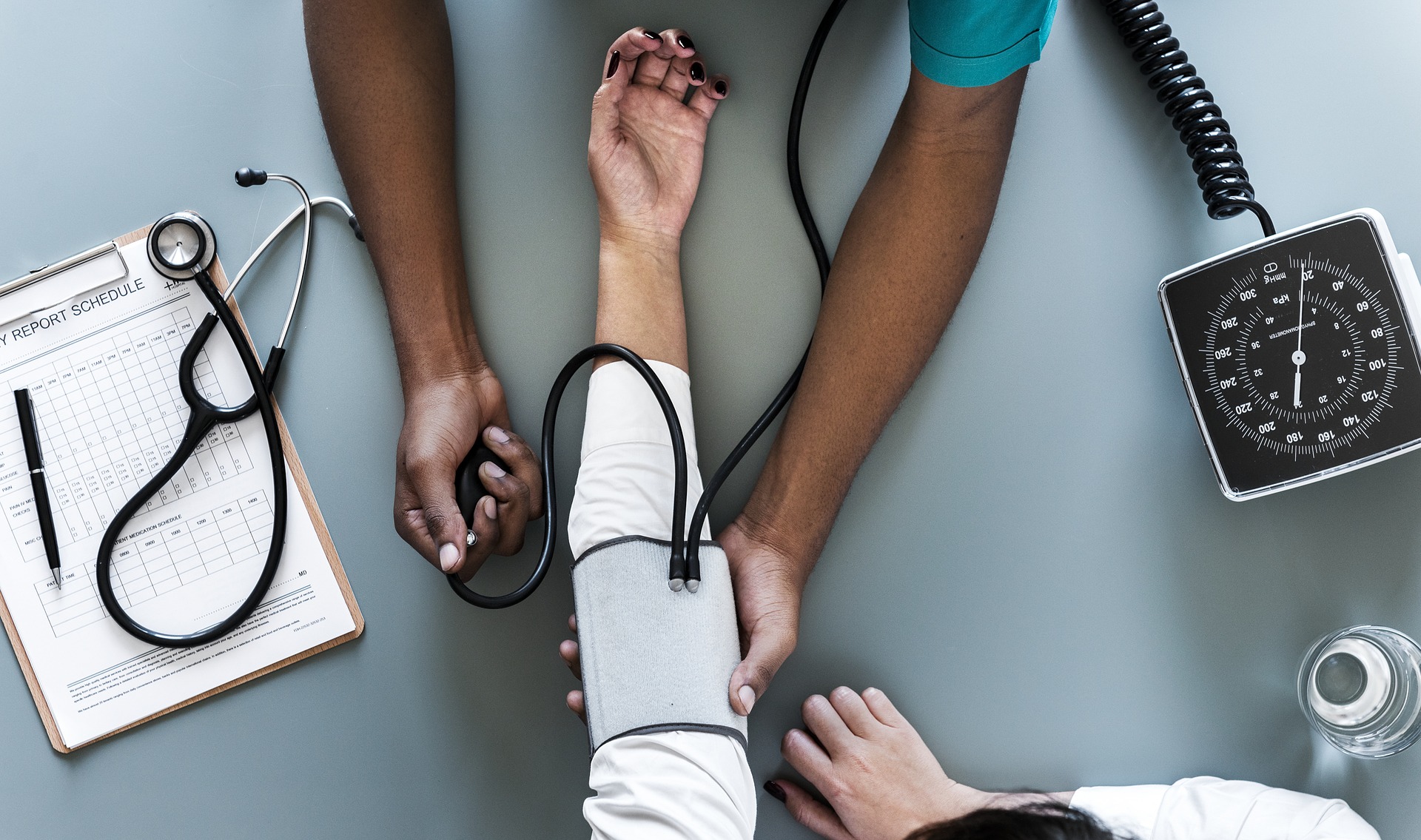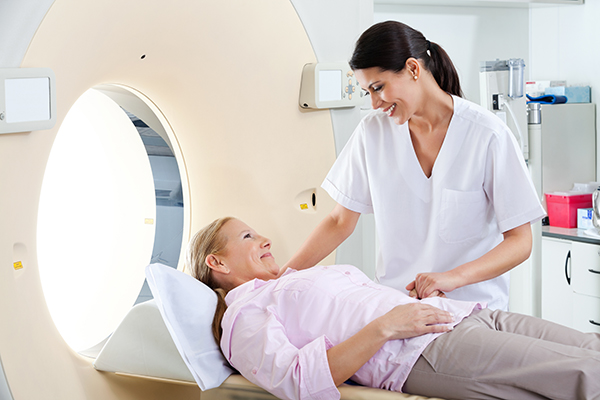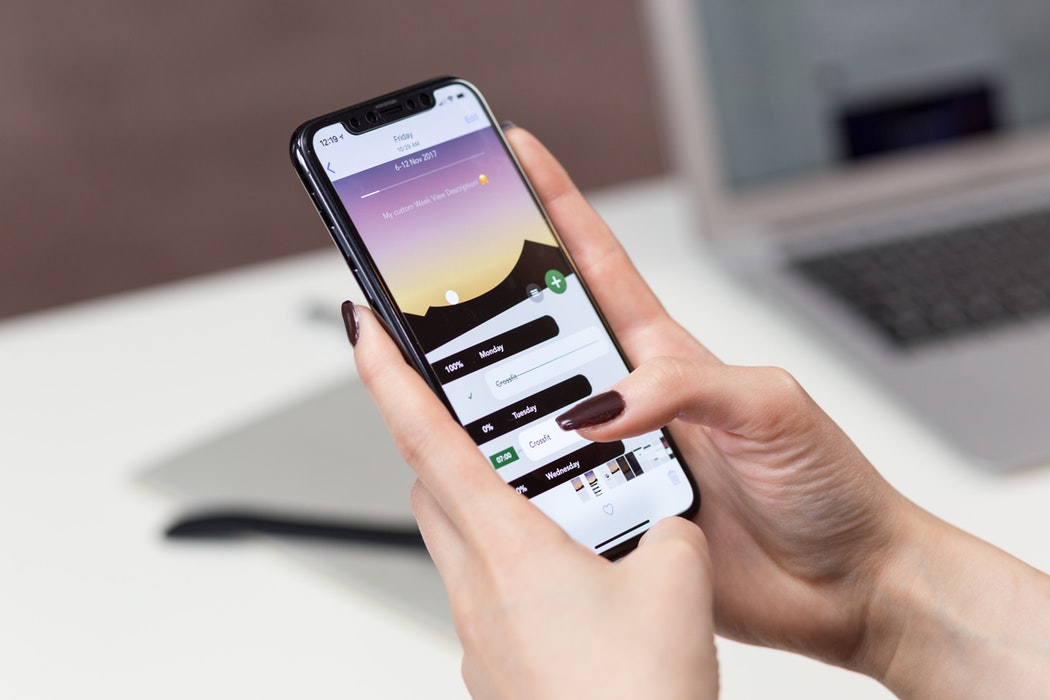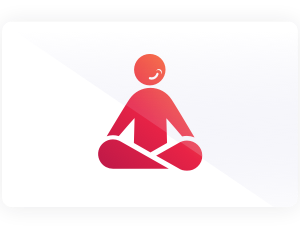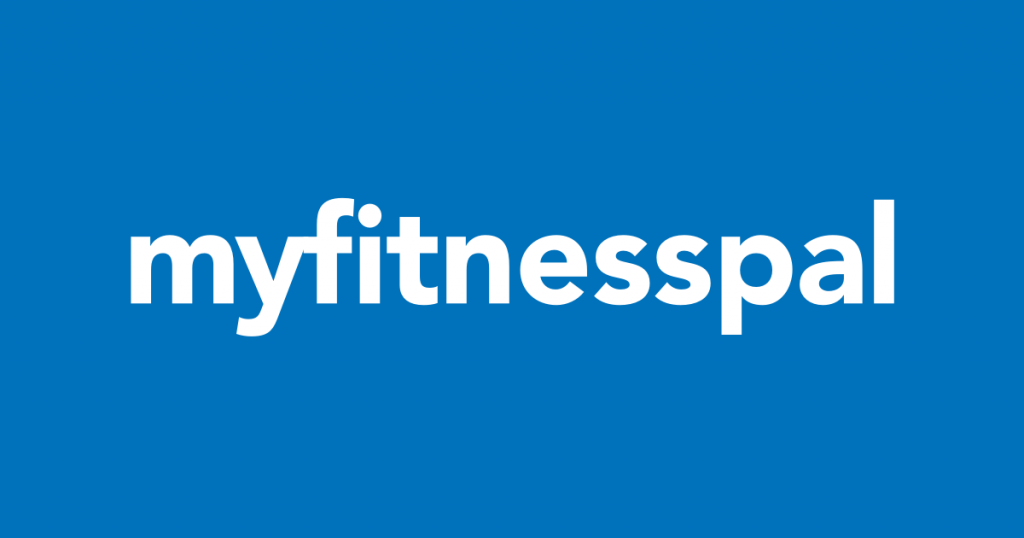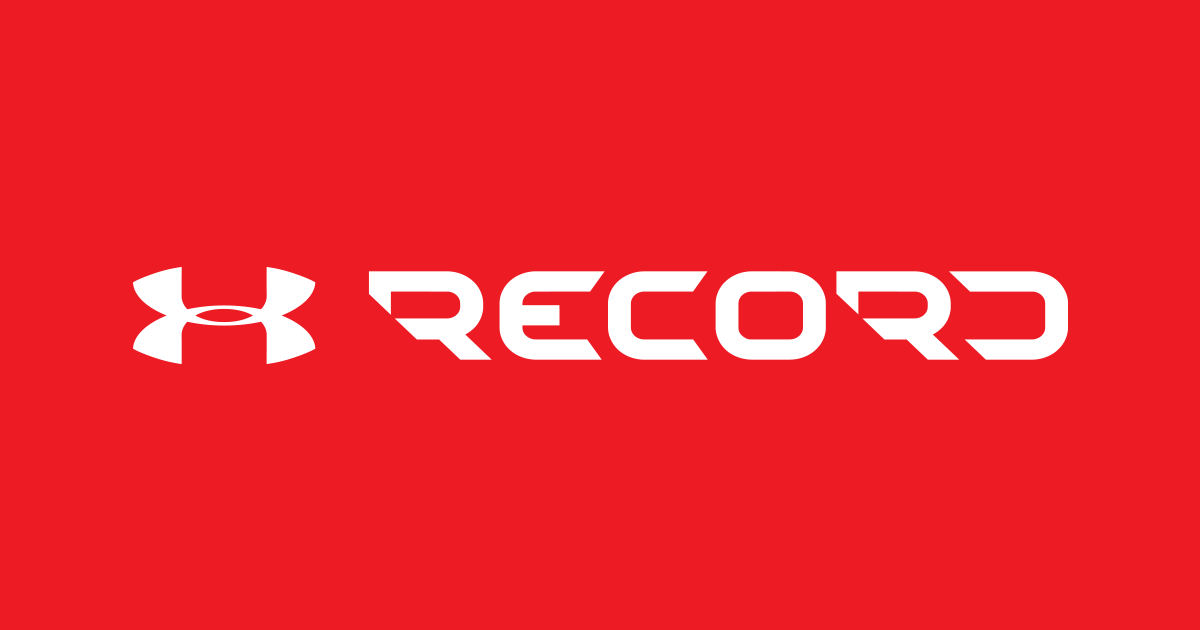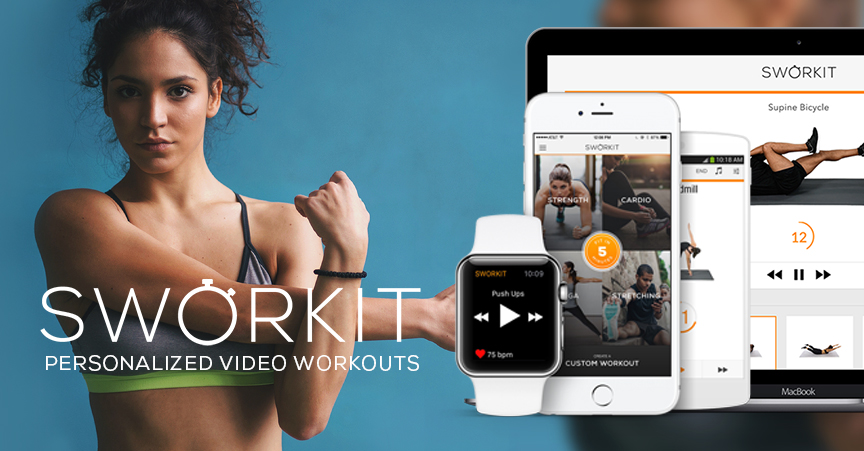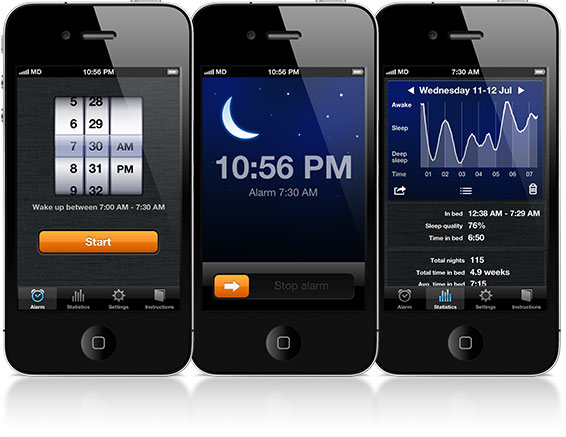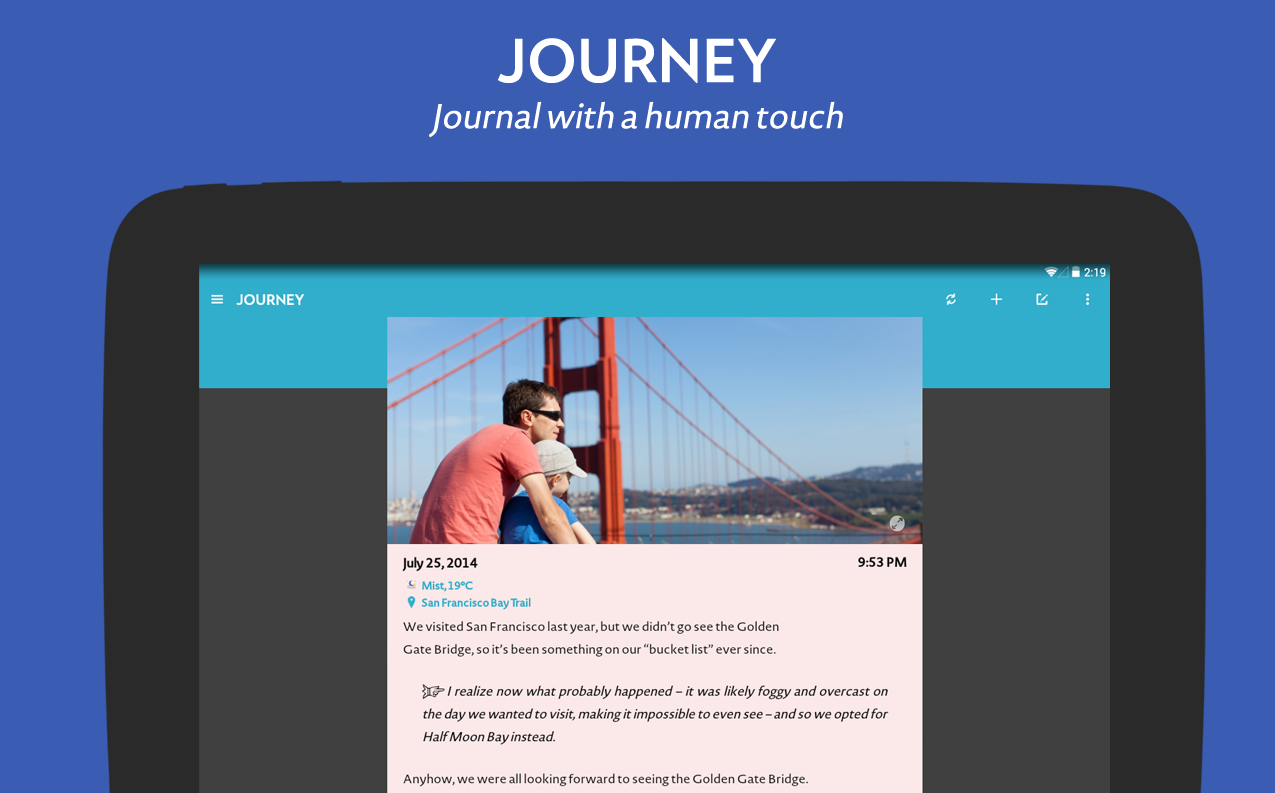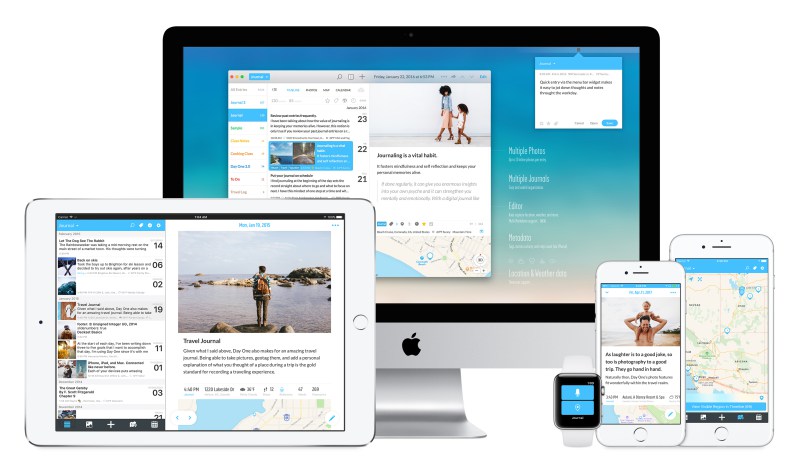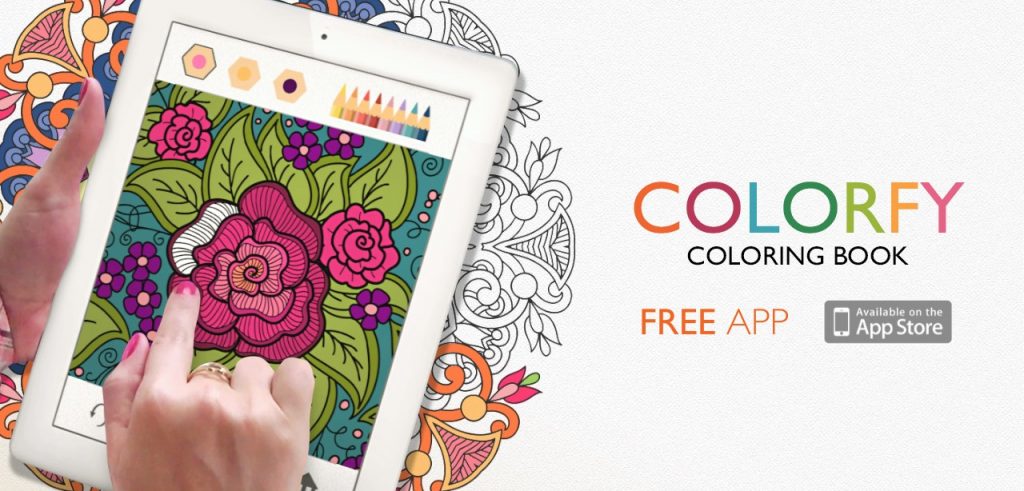Why easy access to patient record increases patient care and patient satisfaction
Why easy access to patient records increases patient care and patient satisfaction
There is an ever increasing need for healthcare information in the community. This is why 52% of the patients are using patient portal to access their health records. The importance of a healthier nation has pushed the government to introduce legislations such as the MACRA Act; which specifically focus on the quality of healthcare administered. MACRA has introduced four quality measures through the Merit-based Incentive Payment System (MIPS) program which include the following:
- Quality,
- Cost,
- Improvement activities
- And Advancing Care Information measures
Such programs help in improving the overall quality of healthcare delivered.
The entire health architecture is transforming rapidly, bringing along benefits one could only imagine. Let’s go through some of the perks which the patient portal has to offer:
More control over their health:
Patients remain updated with their progress, since they can view their lab results, immunization histories etc. They can take steps to improve on their health, remember the important dates and do so much more. Reviewal of allergy lists enables them to be involved in preemptive care, and take caution of the unexpected triggers by themselves.
Effective engagement:
Research suggests that about 51% of patients use the patient portal to obtain their physician’s opinion on the most concerning health issues. 24 hour access prevents the proliferation of symptoms to something sinister in the longer run. People might send an email or an IM to contact, but that only adds to the confusion. Through the communication channel provided by the patient portal, conversations are more structured and providers have the option to add clinical notes to the messages.
Swift patient registrations:
Before the introduction of the patient portal facility, people had to wait for hours just for registration purposes. Now, easy scheduling of appointments facilitates patients in the entire checkup process. Whenever the need arises, patients can simply use the portal to obtain effective care.
Reduced last time cancellations:
Some of the EHR solutions available in the market allow physicians to send text messages to their patients. Multiple reminders are sent to the patients in the form of messages. This feature prevents patient absences from scheduled checkups.
Secure means of communication:
Patient portal acts a gateway for patient-physician engagement, allowing the sharing of information with different labs, insurance companies and other stakeholders of the industry. Patients can book appointments, ask for physician’s opinion and view clinical notes.
Better Outcomes:
Through the 24/7 access of patient data, people can view health histories and act in accordance with the necessary actions. This helps in adherence to medications and administration of vaccinations, with the option of constant monitoring of health statistics.
Booking an appointment
Getting an appointment hadn’t been this easy. Patients simply have to select the time of their choosing and visit the practice. Now they don’t have to wait as they had to do before.
Integration with EHR systems:
Patient portals go hand in hand with EHR systems, enabling providers to make better decisions due to availability of first hand data. Provider notes are seamlessly shared with patients, pushing them to achieve a healthier lifestyle.
Author Bio:
Alex Tate is an expert health care marketing and consultant who specializes in promoting tools and resources so physicians can do better care.
https://www.nursingtimes.net/increasing-access-to-patient-records/5062710.article
https://patientengagementhit.com/features/how-patient-health-data-access-drives-patient-engagement
https://patientengagementhit.com/news/patient-portal-access-use-reach-52-of-healthcare-consumers

